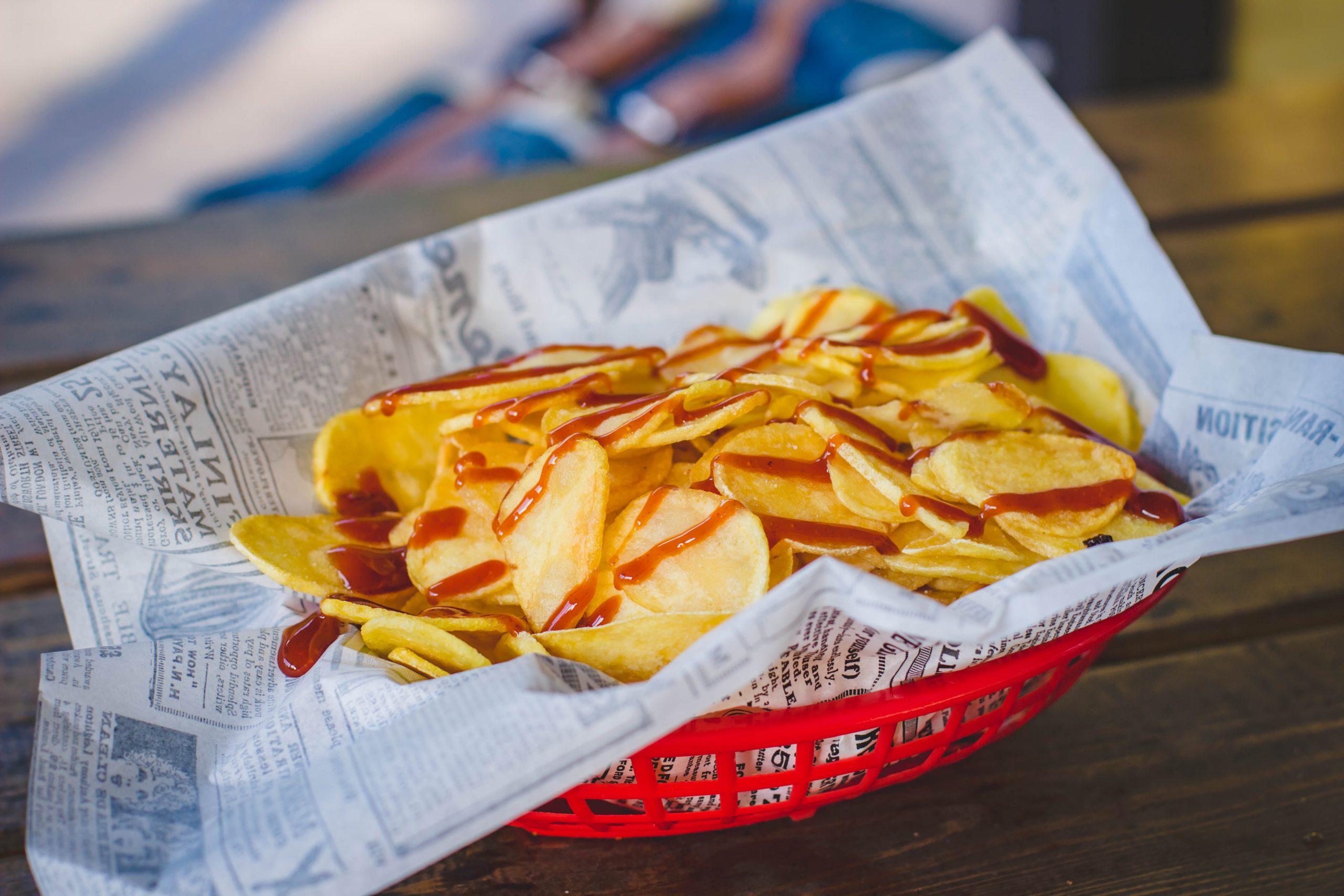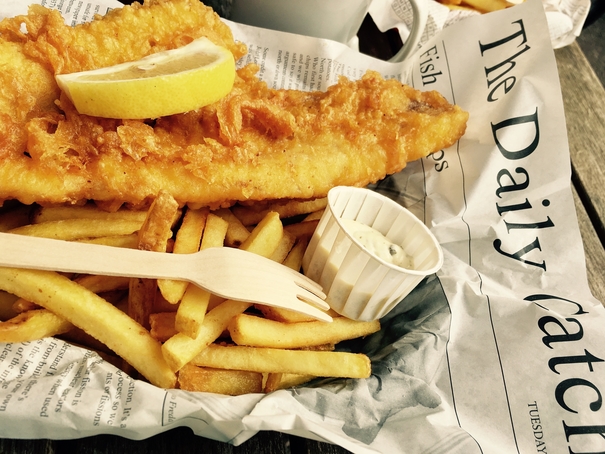The key to having the tastiest fried food is making sure you only use oil when it’s ready. If the temperature of the oil is still too low the food will start to absorb it, becoming soggy and overly greasy. Equally, if the oil is too hot the food will burn on the outside without being fully cooked on the inside.
Temperature
To avoid either situation you must monitor the temperature of the oil closely before frying. If you have a professional deep fat fryer, then most of these come with an installed thermometer. Between 352 and 365F is generally considered to be the best frying temperature, however some also suggest that up to 400F is acceptable.
If you’re frying at home there are a couple of useful tricks to know. The first is by placing a kernel of corn in the oil while it is heating. When the kernel pops it means that the oil must be between 325 and 365F, so is ready to use. A slightly easier method can be done by using a wooden spoon. Place the end of the wooden spoon into the oil while it is heating when you start to see many small bubbles forming around it, the oil is hot enough. If the oil is bubbling excessively and spitting, then it’s too hot. Simply leave it off of the heat for a few minutes to cool down.
How long does it take?
It’s important that you try to not rush the process of preparing oil, in order to avoid overheating it. The best way to heat the oil is by placing it on a burner at around medium heat, on this heat setting it should take around 5 to 10 minutes to reach the right starting temperature.
Remember that the type of pan you use will also impact on this heating time. Ideally you should be using a pan with a heavy metal bottom, this will help the oil heat steadily. It is also useful if the pan is around 5 inches deep at least. This is because generally you will need at least 3 inches of oil to fry your chosen food, the pan should accommodate this and allow for extra space to avoid spillage.
What happens when oil overheats?
If you overheat your oil, it will potentially go above what is known as the ‘smoking point’. This is when the oil reaches a temperature at which it begins to burn and smoke. When the oil reaches this point, it’s far too hot to cook food effectively. It will also strip unrefined oils of any beneficial nutrients and phytochemicals found within them. Overheating to the smoking point can even result in the oil releasing harmful free radicals.
If the oil starts to smoke, quickly turn off the heat and allow it to cool down. If the oil has already caught fire try to smother the flames with a pan lid, baking tray or ideally a fire extinguisher. Never try to put out an oil fire with water, as it will only make the flames spread more rapidly.
Safety Precautions
There are various safety precautions you should take when cooking with hot oil. Firstly, ensure that you have the right equipment; if you’re not using a professional deep fat fryer, be sure to have a frying lid handy. If safe and appropriate, it can be used to place on top of a pot of overheated oil, preventing splattering and burns. Secondly, never leave the oil unattended; oil that exceeds its smoking point can rapidly turn into a fire hazard. Lastly, dispose of your oil correctly. When you’ve gained the most use out of your oil, drain your cool oil into an airtight container, and arrange for it to be collected by a specialist oil disposal company.
If you’re looking for a stable frying oil that will cook your food in minutes, choose Frymax. Our sustainable, premium-grade palm oil is relied on by chippies across the country to serve up high-quality fried foods. If you’d like to learn more, get in contact with Frymax.
Become a Frymax member today to gain access to exclusive content, expert frying advice and the chance to enter our fantastic competitions.





